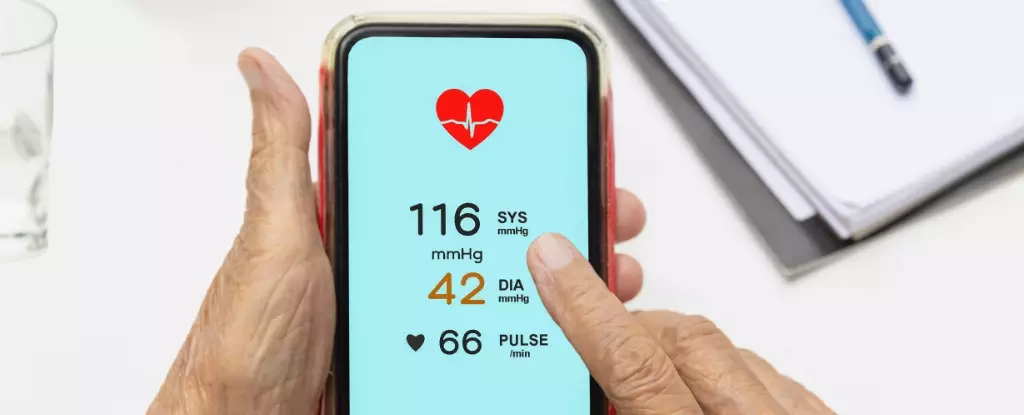Hypertension, commonly known as high blood pressure, affects millions globally, often without their knowledge. It poses significant risks for several health issues, including heart disease and renal failure, leading to a pressing need for effective monitoring solutions. As the medical community grapples with this silent epidemic, advancements in technology offer promising avenues to revolutionize healthcare accessibility. The traditional methods of measuring blood pressure require specialized equipment and are often inaccessible to those living in underserved regions. Nowadays, innovations leveraging the capabilities of everyday devices promise to change the game by making self-monitoring not only feasible but also accurate.
Recent research out of the University of Pittsburgh has introduced a groundbreaking Android app designed to estimate blood pressure using the standard components of a smartphone—namely, the accelerometer, camera, and touch sensors. This innovation is a game-changer, particularly for populations that lack regular access to blood pressure cuffs or health professionals. “The fact that millions own smartphones but lack elementary health monitoring devices signifies a gap that this app seeks to bridge,” asserts Ramakrishna Mukkamala, a leading biomedical engineer in the project.
Rather than resorting to cumbersome equipment, individuals could potentially conduct blood pressure assessments directly through their devices. This could facilitate early detection and management of hypertension, especially in populations where healthcare is limited. This convergence of health and technology is not merely a convenience; its implications for public health, particularly in rural or economically disadvantaged communities, are profound.
Traditional blood pressure measurements are taken using a sphygmomanometer, which entails constricting the arm with an inflatable cuff to measure the oscillations in blood flow. This process, while effective, can be daunting and time-consuming for some patients, leading to a lack of consistent monitoring. Blood pressure readings consist of two numbers: systolic pressure, the force exerted when the heart beats, and diastolic pressure, the force when the heart is at rest between beats. The app developed in Pittsburgh circumvents the need for direct pressure application by utilizing gravity and finger pressure to gauge blood flow through sophisticated algorithms.
By asking users to manipulate their hand positions, the app can derive pulse pressure through changes in hydrostatic pressure that occur with these subtle movements. Biomedical engineer Vishaal Dhamotharan explained that by leveraging these adjustments and the phone’s built-in sensors, the app is capable of estimating blood pressure with reasonable accuracy—within eight mm Hg of readings taken through conventional means.
Early Results and Future Improvements
Initial tests on a small cohort of 24 individuals demonstrated the app’s potential, but researchers recognize that further validation is needed to enhance its precision and reliability. One of the daunting tasks ahead lies in changing public perception regarding pulse pressure as a legitimate indicator for blood pressure monitoring. Historically, patients and healthcare providers have relied on traditional methods and may be resistant to adopting new technologies. However, medical professionals assert that critical innovations such as this app could pave the way for more widespread acceptance if accompanied by educational initiatives.
Sanjeev Shroff, another pivotal player in the app’s development, emphasizes that a hassle-free, cuffless method of measuring blood pressure, which does not require any external calibration, could significantly improve patient care universally. “The development of such a device represents the holy grail of hypertension management,” he remarked, indicating a transformative shift in how health monitoring could evolve moving forward.
In a world where convenience and accessibility are increasingly paramount, the development of a smartphone application to monitor blood pressure could address a substantial health gap in underserved populations. This innovation, while still in its nascent stages, holds the potential to save lives and empower individuals to take charge of their health. As technology continues to evolve, it brings with it the promise of democratizing healthcare, one app at a time. The endeavor undertaken by these researchers shines a hopeful light on the future of medical monitoring, blending health with everyday technology in ways previously unimagined.

